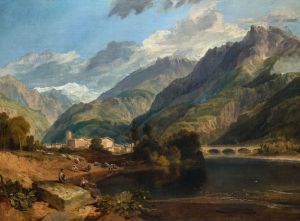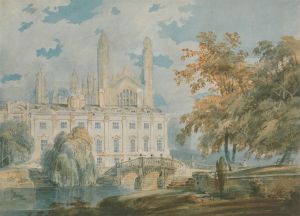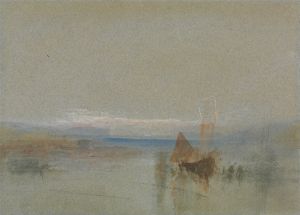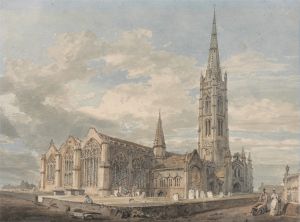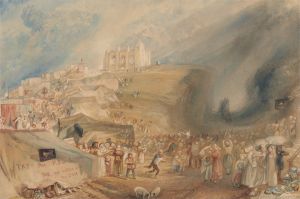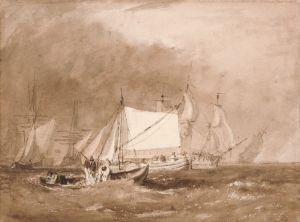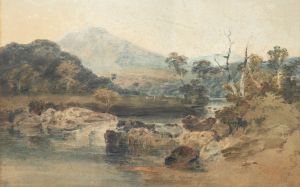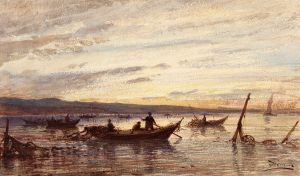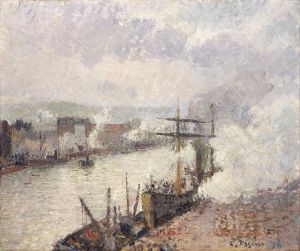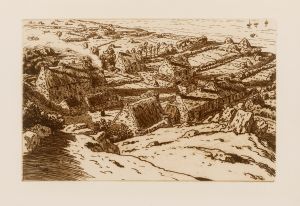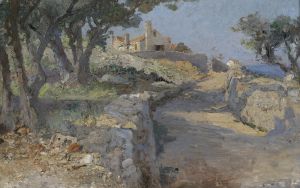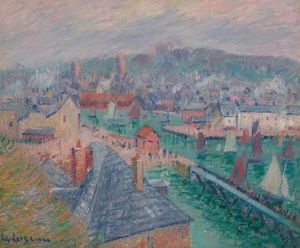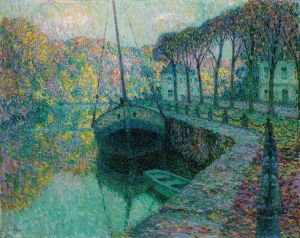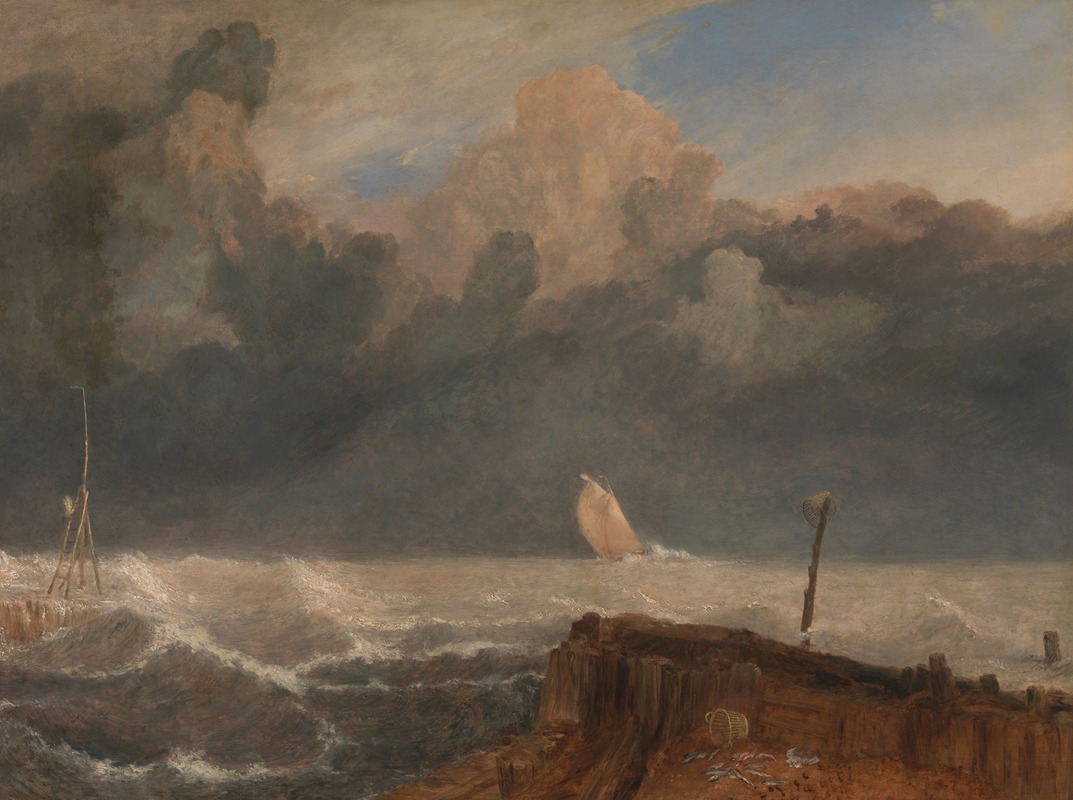
Port Ruysdael
A hand-painted replica of Joseph Mallord William Turner’s masterpiece Port Ruysdael, meticulously crafted by professional artists to capture the true essence of the original. Each piece is created with museum-quality canvas and rare mineral pigments, carefully painted by experienced artists with delicate brushstrokes and rich, layered colors to perfectly recreate the texture of the original artwork. Unlike machine-printed reproductions, this hand-painted version brings the painting to life, infused with the artist’s emotions and skill in every stroke. Whether for personal collection or home decoration, it instantly elevates the artistic atmosphere of any space.
Joseph Mallord William Turner, one of the most renowned British painters of the Romantic era, created the painting Port Ruysdael around 1826–1827. This work is an evocative seascape that demonstrates Turner’s mastery of light, atmosphere, and maritime subjects. The painting is named after the Dutch artist Jacob van Ruisdael, a 17th-century landscape painter whose works greatly influenced Turner. However, it is important to note that "Port Ruysdael" is not an actual geographical location but rather an imaginative creation by Turner, likely intended as a tribute to Ruisdael's artistic legacy.
The painting depicts a dramatic coastal scene with turbulent waves, a stormy sky, and ships battling the elements. Turner’s use of light and color in Port Ruysdael is particularly striking, with a luminous quality that captures the interplay between the sea and sky. The composition conveys a sense of movement and energy, reflecting Turner’s fascination with the power and unpredictability of nature. This theme is a hallmark of his work, as he often explored the relationship between humanity and the natural world.
Turner’s technique in Port Ruysdael is characteristic of his later style, where he moved away from precise detail and instead focused on creating mood and atmosphere through loose, expressive brushwork. The painting exemplifies his innovative approach to landscape and marine art, which would go on to influence later generations of artists, including the Impressionists.
Port Ruysdael is housed in the collection of the Yale Center for British Art in New Haven, Connecticut. It is part of the Paul Mellon Collection, which includes numerous works by Turner. The painting is celebrated for its dynamic composition and its ability to evoke the sublime, a concept that was central to Romantic art and literature.
As with many of Turner’s works, Port Ruysdael invites viewers to reflect on the awe-inspiring power of nature and the human experience within it. The painting remains a significant example of Turner’s contribution to the Romantic movement and his enduring influence on the history of art.





